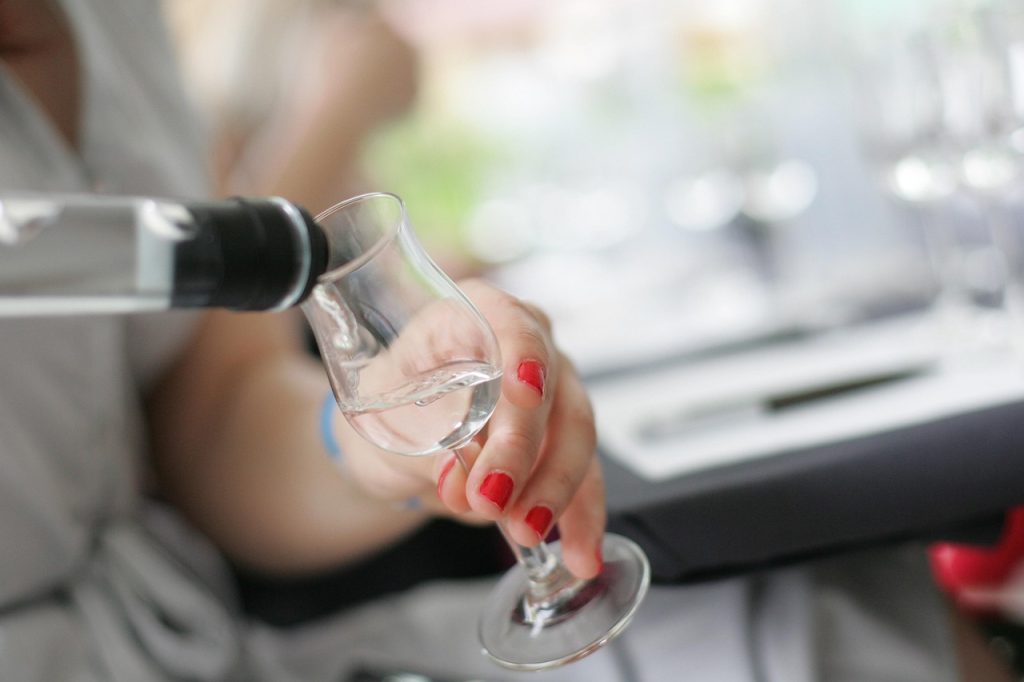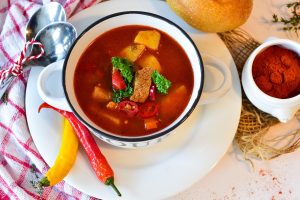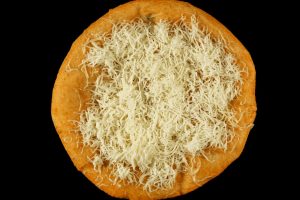There’s a Hungarian saying: “Pálinka is medicine in small portion, remedy in a bigger one.” And for many Hungarians, this is more than a joke—it’s a cultural truth. Pálinka is not simply a strong fruit spirit; it is deeply tied to Hungarian identity, tradition, family gatherings, and craftsmanship. Whether served at a wedding, passed around a table after a good meal, or sipped slowly at a summer fair, pálinka carries the warmth and complexity of the land it comes from.
What makes pálinka so special isn’t just its flavor. It’s the centuries of history, the laws that protect its name, the way it’s made, and how it brings people together in celebration or comfort. This is the story of Hungary’s national spirit—and why pálinka is unlike anything else in the world.
Where It All Began: From Fruit to Fire
The earliest roots of pálinka stretch back to the Middle Ages, though distillation was practiced even earlier. In Hungary’s rural regions, families fermented leftover or overripe fruit and used home-built stills to distill the resulting mash into a clear spirit. At the time, these rustic creations weren’t known as pálinka, but the concept—taking the essence of fruit and turning it into something strong, pure, and warming—was already alive.
Over time, this practice became more refined. Distillation improved. Techniques were passed down through generations. People realized that not all fruit is created equal: plums, apricots, cherries, and pears produced particularly flavorful results. Eventually, a word emerged to describe the drink: pálinka. By the 17th and 18th centuries, pálinka had carved out its place in Hungarian daily life and culture.
More Than A Drink: Pálinka In Hungarian Folklore
There are few spirits in the world with such a rich vocabulary of nicknames. Hungarians have called pálinka “guggolós” (the squatter), “célzóvíz” (aiming water), “papramorgó” (mumbling priest), and “az élet vize” (the water of life). These aren’t just colorful expressions; they reflect how pálinka is woven into stories, superstitions, and social rituals.
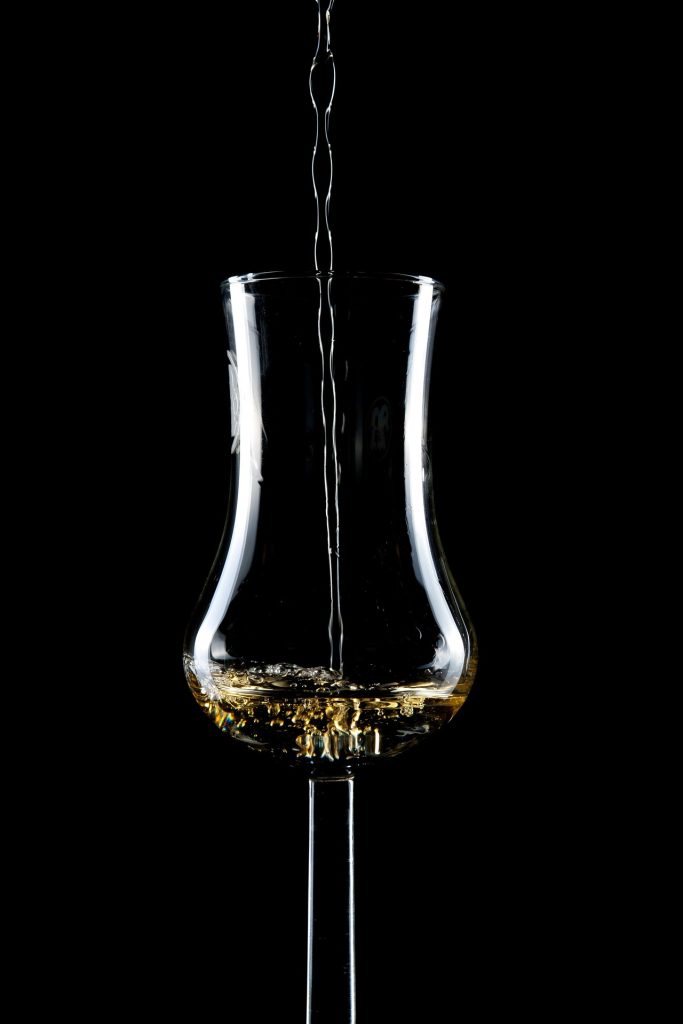
It is traditionally consumed at the start of the day in some regions, with the cheeky greeting “Pálinkás jó reggelt!”—essentially wishing someone a good morning with pálinka. It’s taken before meals to whet the appetite, during celebrations to honor the moment, and even during illness as a “remedy.” A small glass offered to a guest is seen as a gesture of warmth and respect.
Pálinka is not simply about alcohol—it’s about emotion. It’s part of weddings, funerals, baptisms, and family dinners. The way it’s served, who makes it, and what fruit it’s made from all carry layers of meaning. No two pálinkas are ever quite the same, and that’s part of the charm.
A New Era: The Law That Changed Everything
In 2008, Hungary passed the Pálinka Act, a major turning point in the drink’s story. For the first time, the term pálinka was legally protected. According to the law, only spirits made from 100% Hungarian fruit, distilled and bottled entirely within Hungary, could be labeled as pálinka. No flavorings, no added sugars, no imported ingredients. Even pálinka-style drinks made in neighboring countries lost the legal right to use the name.
This law aligned Hungary with European Union protections for regional specialties, like Champagne in France or Parmigiano-Reggiano in Italy. Pálinka became a Hungaricum—an officially recognized product tied to Hungary’s cultural and historical identity. What had once been seen as a rustic countryside drink was suddenly elevated to the status of national treasure.
This shift opened the door to a renaissance. Small distilleries began to appear across the country, focusing on single-fruit expressions and higher quality standards. Master distillers explored local varieties of plum, apricot, pear, and cherry. Artisans began to approach pálinka like fine wine—tasting, aging, bottling with care. It became a source of pride and a symbol of authenticity.
The Craft Of Making Pálinka
At its core, pálinka is simple: it is distilled from fermented fruit mash, and nothing else. But simplicity often hides complexity.
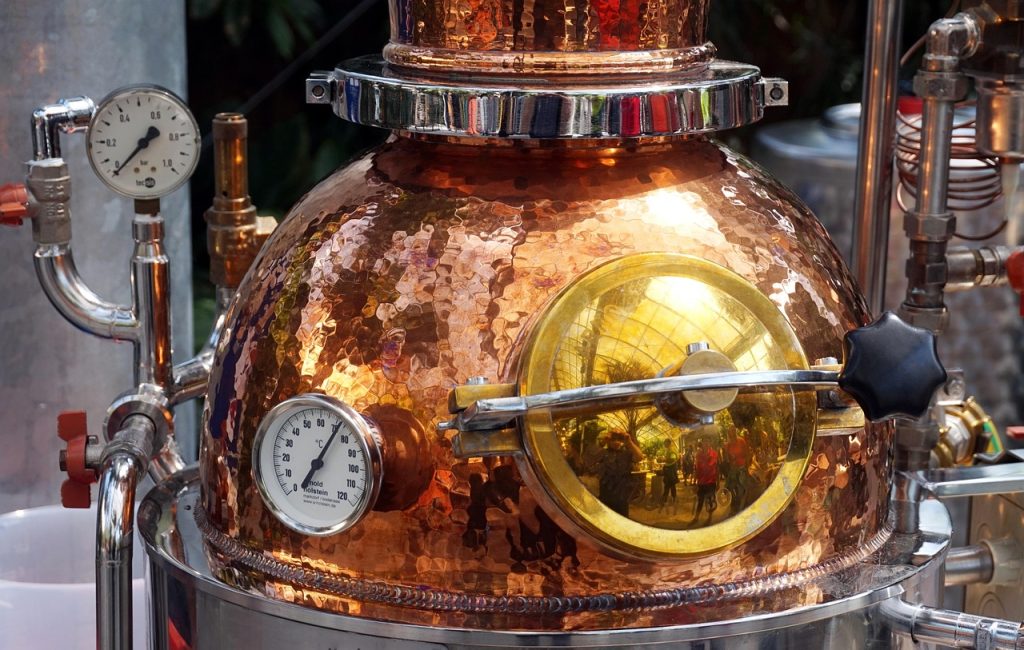
The fruit must be harvested at peak ripeness. It is then crushed and fermented without the use of additives. The mash is distilled—usually in copper pot stills—in one or two passes, depending on the producer’s preference. The resulting distillate is rested for several months or even years, either in stainless steel or wooden casks, depending on the desired flavor profile. Only water can be added, and even that is limited to reducing alcohol strength.
Everything in the process is about purity. A good pálinka should smell and taste like the fruit it came from—ripe, fresh, and unadulterated. It should be clear, smooth, and clean. The alcohol should warm, not burn. And the finish should leave a lingering hint of the original fruit’s character.
Even serving pálinka is a thoughtful act. It is poured into a small tulip-shaped glass, which concentrates the aroma. It is served at room temperature. It is sipped, not shot. One 2cl or 4cl serving is enough to appreciate its richness.
A World Of Flavors: The Fruits Of Pálinka
Hungary’s climate, geography, and centuries-old orchard traditions provide the perfect ingredients for fruit spirits. The most classic and beloved pálinkas are made from plum (szilva), apricot (barack), cherry (cseresznye), pear (körte), and apple (alma). Each fruit offers a different personality.
Plum pálinka is full-bodied, slightly earthy, with notes of dried fruit and almond. Apricot is bright, aromatic, and rich in natural sweetness. Cherry is more delicate, slightly sour, often used in younger blends. Pear offers a lighter, floral touch with an elegant nose, while apple is fresh and sharp, often used in blends.
Beyond these basics, many distilleries explore rare or wild fruits: quince, elderberry, raspberry, black currant. Each small producer has its own methods, traditions, and secrets. Visiting different pálinka houses across Hungary is like tasting the landscape itself—each region’s soil and microclimate leave their own fingerprint on the glass.
Pálinka In The World: Slow But Steady Rise
Unlike vodka or whiskey, pálinka is not yet widely known beyond Central Europe. Part of the reason is its strict legal definition. Outside of Hungary, similar fruit spirits often go by other names: fruit brandy, eau de vie, or schnapps. Pálinka cannot be made elsewhere, and the label itself is protected.
Yet this exclusivity is also part of its charm. More and more tourists seek out authentic pálinka tastings in Budapest or in villages across the Great Plain and Transdanubia. High-end restaurants in Europe and North America now offer pálinka as a digestif. Culinary travelers are beginning to see pálinka not just as a drink, but as an experience—one tied to land, heritage, and craftsmanship.
Craft distilleries in Hungary are also starting to export. With beautiful labels, clear origin declarations, and detailed tasting notes, these bottles are slowly entering the shelves of specialty spirits shops and Michelin-starred kitchens. As people become more adventurous with what they sip, pálinka finds its way into their glasses.
The Modern Pálinka Renaissance
Today’s pálinka scene is vibrant and creative. Young distillers experiment with aging techniques, using acacia or cherry wood barrels. Some pair pálinka with chocolate, dried fruit, or aged cheese. Others host tastings, blending tradition with storytelling, music, and local cuisine.
Festivals celebrate pálinka with competitions, awards, and live distillations. Families still make their own, but small-batch distilleries continue to raise the bar. Even among connoisseurs of cognac, grappa, and whiskey, pálinka is beginning to earn a seat at the table.
It’s more than an old-world curiosity—it’s a symbol of a living tradition, passed on through generations but reborn through innovation.
A Spirit With Soul
Pálinka is not for everyone. It demands time, respect, and a good sense of rhythm—both in how it’s made and how it’s enjoyed. It doesn’t come with mixers. It doesn’t belong in cocktails. You won’t find it watered down or sweetened. Pálinka stands on its own—clear, clean, and confident.
But for those who are open to exploring it, pálinka offers a rare thing: a spirit that tells a story. It speaks of orchards in bloom, of long summer days, of fireside nights, of family tables, and of centuries of care. It’s not just Hungarian—it’s human.
So the next time you raise a glass, let it be with pálinka. Sip slowly. Taste the fruit. Remember the roots. And feel the fire.
